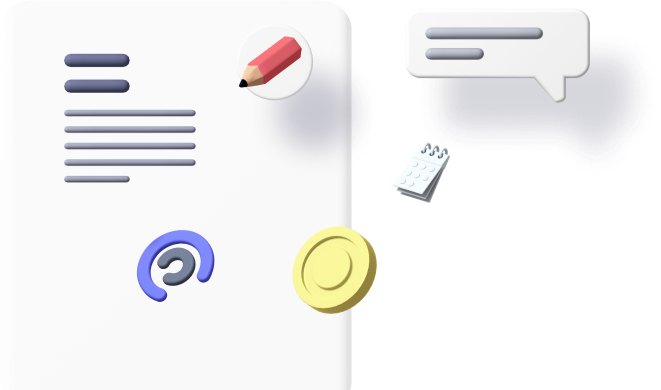
In any organization, effective incident management relies heavily on timely communication, especially during emergencies. On-call rotations are essential for ensuring that there is always someone available to respond to critical issues. Utilizing an SMS Notification System can streamline this process by ensuring that alerts are sent to the right team member at the right time. This article explores best practices for assigning SMS alerts within on-call rotations to enhance responsiveness and operational efficiency.
An SMS Notification System allows organizations to send instant alerts to on-call team members, ensuring they receive critical information without delay. When an incident occurs, the ability to quickly notify the appropriate person can significantly reduce response times and minimize potential damage. However, assigning these alerts effectively requires a clear understanding of each team member’s availability and expertise.
To maximize the effectiveness of your on-call rotations using an SMS Notification System, consider the following best practices for assigning alerts to the right team member.
Best Practices for Assigning SMS Alerts
- Define Roles and Responsibilities: Clearly outline the roles and responsibilities of each team member in the on-call rotation. This ensures that everyone understands their duties and can respond effectively when alerted. Include specific areas of expertise to help direct alerts to the most qualified individual.
- Utilize a Scheduling Tool: Implement a scheduling tool that integrates with your SMS NotificationSystem to manage on-call rotations efficiently. This tool should allow you to easily track who is on call, their availability, and any upcoming shifts. Automation can help eliminate confusion and ensure alerts reach the appropriate team member.
- Establish Clear Escalation Paths: Create a defined escalation path for incidents that require immediate attention. If the primary on-call team member is unavailable, ensure that the SMS alert system can automatically notify the next person in the rotation. This redundancy is crucial for maintaining responsiveness during critical situations.
- Regularly Review and Adjust Rotations: Periodically review your on-call rotation schedules and adjust them based on team member feedback and incident response data. This ensures that the most effective individuals are assigned to respond to alerts and that workloads are balanced across the team.
- Conduct Training and Drills: Provide training for team members on how to use the SMS Notification System effectively. Regular drills can help familiarize team members with the process of responding to alerts, ensuring that everyone is prepared when real incidents occur.
Conclusion
Assigning SMS alerts effectively within on-call rotations is vital for ensuring a swift and coordinated response to incidents. By leveraging an SMS Notification System, organizations can enhance their communication strategies and ensure that the right team member is notified at the right time. Implementing best practices for alert assignment not only improves operational efficiency but also strengthens the organization’s ability to manage critical incidents effectively.















